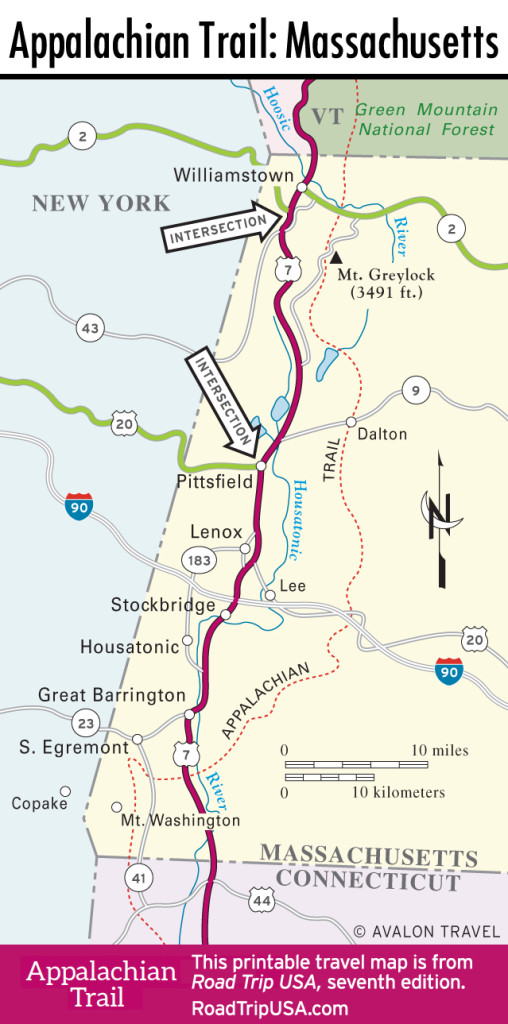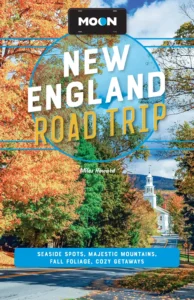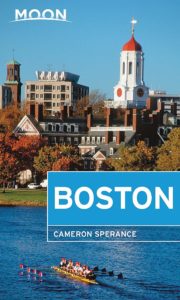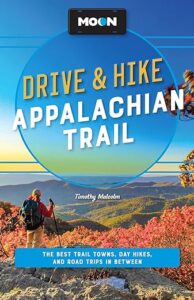Williamstown and Mt. Greylock
To the visitor it appears as if stately Williamstown (pop. 7,754) is simply a nickname for the immaculate and graceful campus of Williams College—even the main commercial block is basically the corridor between dorms and gym. From their common 18th-century benefactor, Ephraim Williams (who insisted the town’s name be changed from its original West Hoosuck), to the large number of alumni who return in their retirement, “Billsville” and its college are nearly inseparable. The town-gown symbiosis has spawned an enviable array of visual, performing, and edible arts, yet fresh contingents of ingenuous youth keep all the wealth and refinement from becoming too cloying.
Singer Sewing Machine heir Robert Sterling Clark’s huge art collection ended up in Williamstown in part because of the Cold War. In the late 1940s and early 1950s, the threat of a Russian nuclear attack seemed real enough that being as distant as possible from likely bomb targets was a critical factor in choosing a permanent repository. Today Clark Art Institute (225 South St., 413/458-2303, daily July-Aug., Tues.-Sun. Sept.-June, $20), in a pastoral setting, is the town’s jewel, displaying paintings by Winslow Homer and an extraordinary collection of impressionist works, including more than 30 Renoirs. Special exhibitions are held in a gorgeous Tadao Ando-designed gallery built on a nearby hillside. Also worth a look in Williamstown is the excellent and wide-ranging Williams College Museum of Art (daily June-Aug., Thurs.-Tues. Sept.-May, free) off of Route 2 opposite Thompson Memorial Chapel (that mini-Westminster Abbey).
Williamstown can claim another gem, this time in the natural art of relaxation. Luxurious Cunard Lines used to serve its ocean-going passengers water exclusively from Williamstown’s Sand Springs (158 Sand Springs Rd., 413/458-6026, daily Memorial Day-Labor Day, $10). A family-friendly swimming pool has been open every summer since 1907 on the site, on the north side of town.
Williamstown Practicalities
For breakfast, head to US-7 on the north side of town to the popular Chef’s Hat (905 Simonds Rd., 413/458-5120). The hands-down best takeout pizza joint is Hot Tomatoes Pizza (100 Water St., 413/458-2722), and in mild weather the nearby stream-side park is well suited to lolling picnickers. Also good: the Indian-inspired food at Spice Root (23 Spring St., 413/458-5200).
Tony continental dining suitable for starched alumni banquets abounds in Williamstown. But if you’re looking for truly fresh, interesting food, skip the inns and go to Mezze Bistro and Bar (413/458-0123), which outgrew its original downtown home and moved to more spacious digs along US-7 a mile southwest of town. Here the best locally sourced produce, meats, and fish are featured on a stylish dinner-only menu.
A drive along Main Street (Route 2) will give you a view of most of Williamstown’s accommodations, including many small motels out on the eastern edge of town, like the friendly and clean Maple Terrace Motel (555 Main St., 413/458-9677, $89 and up). For a real treat, consider The Guest House at Field Farm (554 Sloan Rd., 413/458-3135, $250 and up) in South Williamstown, about 6 mi (9.6 km) south along either US-7 or scenic Water Street (Route 43). Occupying the 316-acre former estate of Pacific Northwest lumber tycoon Lawrence Bloedel, the main house, designed in 1948, is a striking example of American mid-20th-century modern architecture. If you have any love of Frank Lloyd Wright or Charles and Ray Eames, you’ll be delighted by this live-in museum of contemporary design, with its huge picture windows, proto-Scandinavian furniture, and meadow-side swimming pool.
Mt. Greylock
South of Williamstown, Massachusetts’s tallest peak is the centerpiece of 12,500-acre Mount Greylock State Reservation, one of the state’s largest and most popular possessions. More than 70 mi (113 km) of trails, including some thigh-burning mountain-bike routes, wander along the reforested slopes, most of which were heavily logged for timber and charcoal back in the 19th century. Rock ledges provide great views of the Hoosic River Valley to the east and the Housatonic Valley to the south, when the namesake mists aren’t keeping the 3,491-ft (1,064-m) summit wadded up in a damp ball of dingy cotton. The $21.3 million reconstruction project has been a complete success, and during warm months, access is a cinch: Century-old Notch Road snakes its way up through the birch and spruce from Route 2 on the north side, while Rockwell Road ascends more gently from US-7 along the flanks of Greylock’s southern neighbors; you’ll enjoy the most scenic, drivable mountain ascent in New England. Keep in mind that both roads are narrow, enlivened by occasional hairpin turns, and—especially at dusk—prone to wandering wildlife.
If you want to see over the forest, climb the 92-ft (28-m) Massachusetts Veterans War Memorial Tower on the summit. If the weather is good, you’ll have a panoramic view from New Hampshire to Connecticut. A stone’s throw from the granite tower is the Bascom Lodge (917/680-0079, private rooms around $125, shared bunks $40 and up per person), a beautiful old stone and timber structure that offers private rooms, shared bunk rooms, and good food (and showers!).
Related Massachusetts Travel Guides
Massachusetts Travel Map

















